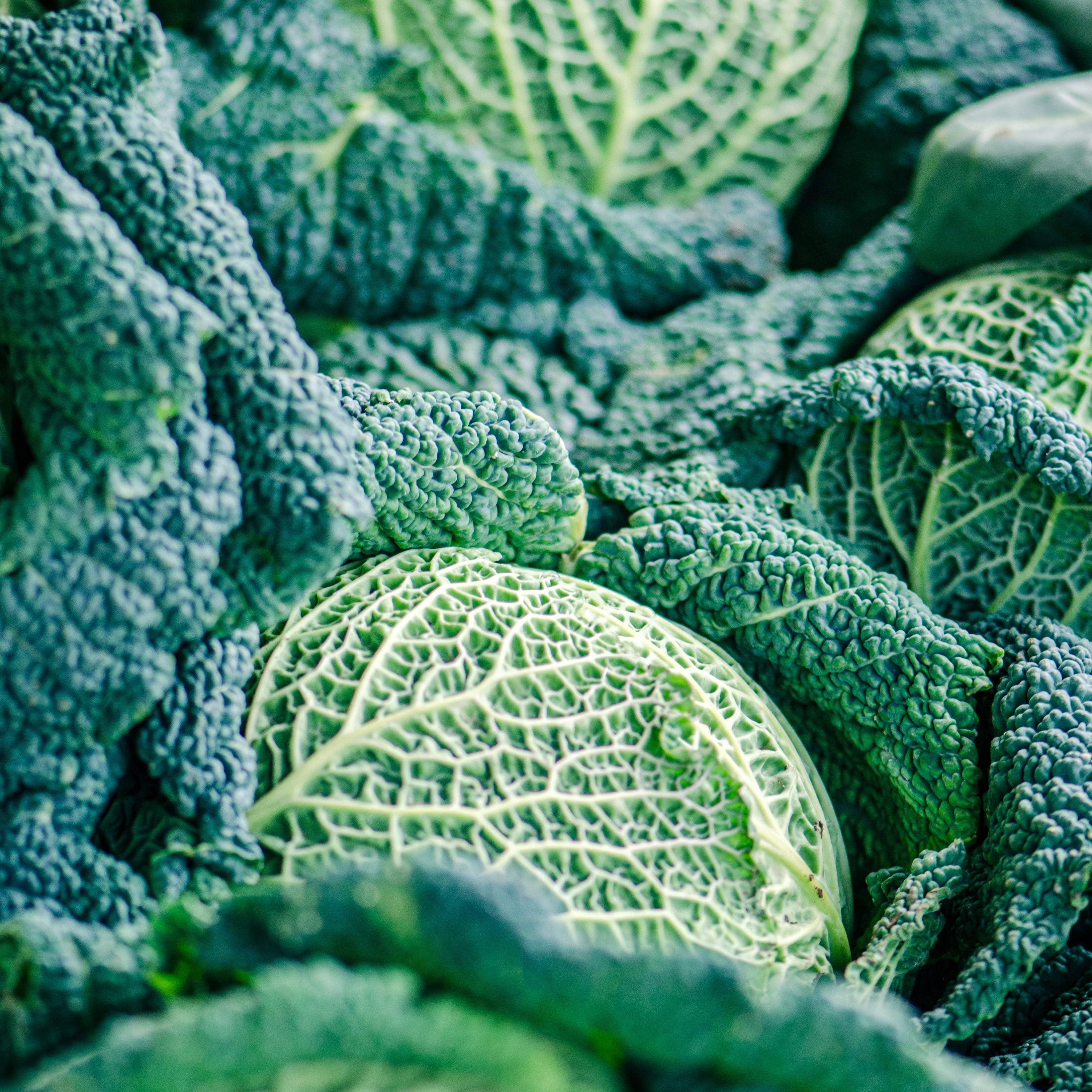
Introduction
Savoy cabbage is a delicious and visually appealing vegetable that can be grown successfully in the United Kingdom. With its crinkled leaves and sweet flavor, growing Savoy cabbage in your garden can be a rewarding experience. In this comprehensive guide, we will walk you through the process of growing Savoy cabbage, from selecting the right variety to providing the necessary care for a bountiful harvest. Let's get started!
Choosing the Right Variety
When it comes to Savoy cabbage, there are several varieties suitable for the UK climate. Here are some popular choices:
- 'Melissa': A popular variety known for its compact heads and excellent flavor.
- 'Winter King': This variety produces large, round heads with crinkled leaves and good disease resistance.
- 'Alcosa': An outstanding variety that matures early, perfect for smaller gardens or those with a shorter growing season.
- 'Tundra': This variety offers dense, tightly packed heads with tender leaves and good cold tolerance.
Sowing and Planting
Savoy cabbage is typically grown from seeds. Follow these steps to sow and plant your Savoy cabbage:
- Sowing method: Start Savoy cabbage seeds indoors 6-8 weeks before the last expected frost. Plant them in seed trays or pots filled with seed-starting mix and keep them in a warm location with adequate sunlight.
- Transplanting: When the seedlings have developed several sets of true leaves, transplant them into the garden. Space the plants 12-18 inches apart in rows that are 24-30 inches apart.
- Soil conditions: Savoy cabbage prefers well-drained soil that is rich in organic matter. Prepare the soil by incorporating compost or well-rotted manure.
- Planting depth: Dig a hole that is large enough to accommodate the root ball of the Savoy cabbage seedling. Position the plant so that the base of the stem is level with the soil surface.
- Watering: Water the soil thoroughly after transplanting to help the seedlings establish their roots.
Growing
To ensure healthy growth and a bountiful harvest of Savoy cabbage, consider the following tips:
- Sunlight: Savoy cabbage prefers full sun but can tolerate partial shade. Aim to provide them with at least 6 hours of direct sunlight each day.
- Watering: Keep the soil consistently moist, especially during dry spells. Savoy cabbage requires regular watering to promote proper head formation.
- Soil conditions: Savoy cabbage prefers well-drained soil that is rich in organic matter. Mulching around the plants can help retain soil moisture and suppress weeds.
- Fertilizing: Apply a balanced fertilizer or side-dress with compost or well-rotted manure during the growing season to provide additional nutrients.
- Pest control: Monitor your Savoy cabbage plants for common pests such as cabbage worms or aphids. Use organic or chemical controls as necessary.
- Harvesting: Savoy cabbage heads are ready for harvest when they are firm and have reached the desired size. Cut the heads at the base of the plant, leaving a few outer leaves attached.
Conclusion
Growing Savoy cabbage in the United Kingdom allows you to enjoy the sweet flavor and attractive appearance of this unique vegetable. By choosing the right variety, providing proper care, and addressing common challenges, you can cultivate healthy Savoy cabbage plants that add elegance and taste to your meals. Whether you use them in stir-fries, soups, or as a flavorful side dish, homegrown Savoy cabbage will surely enhance your culinary experiences. Happy Savoy cabbage growing!